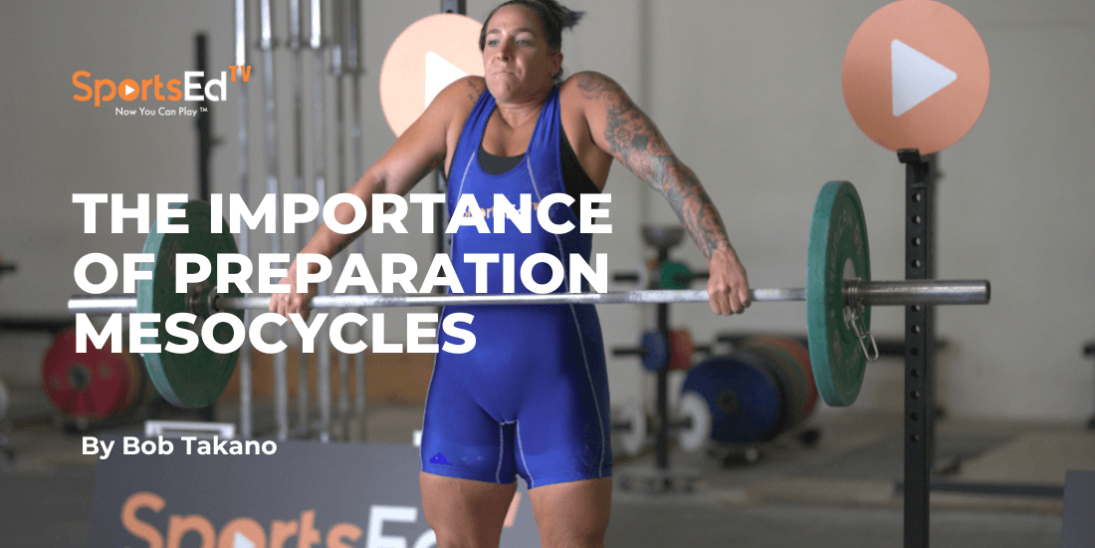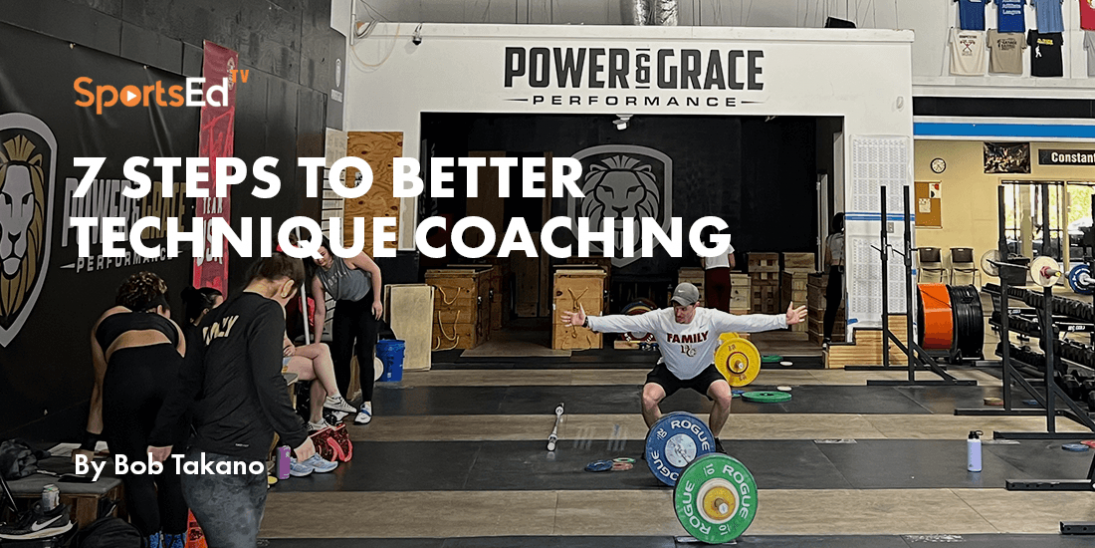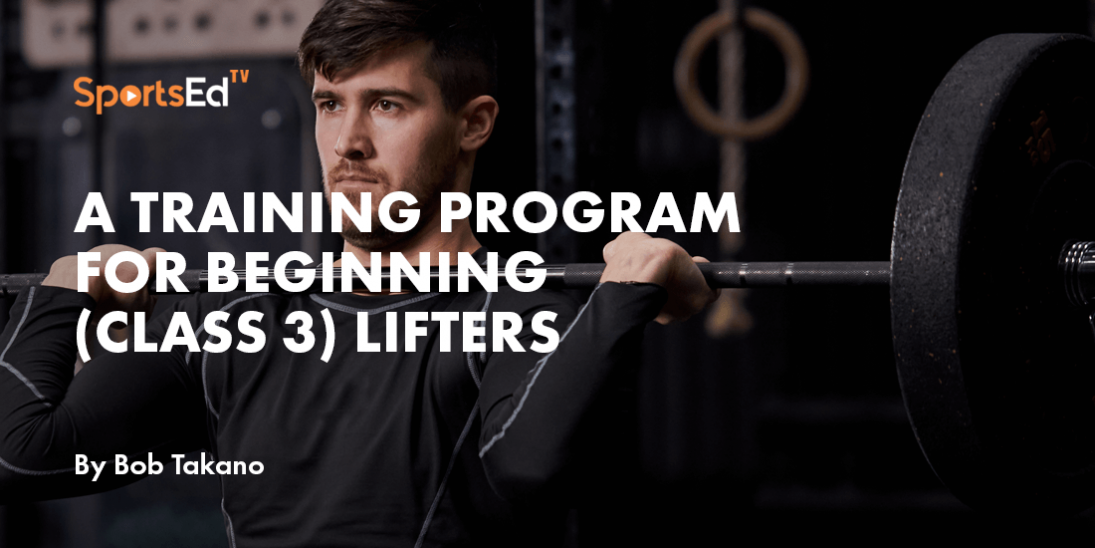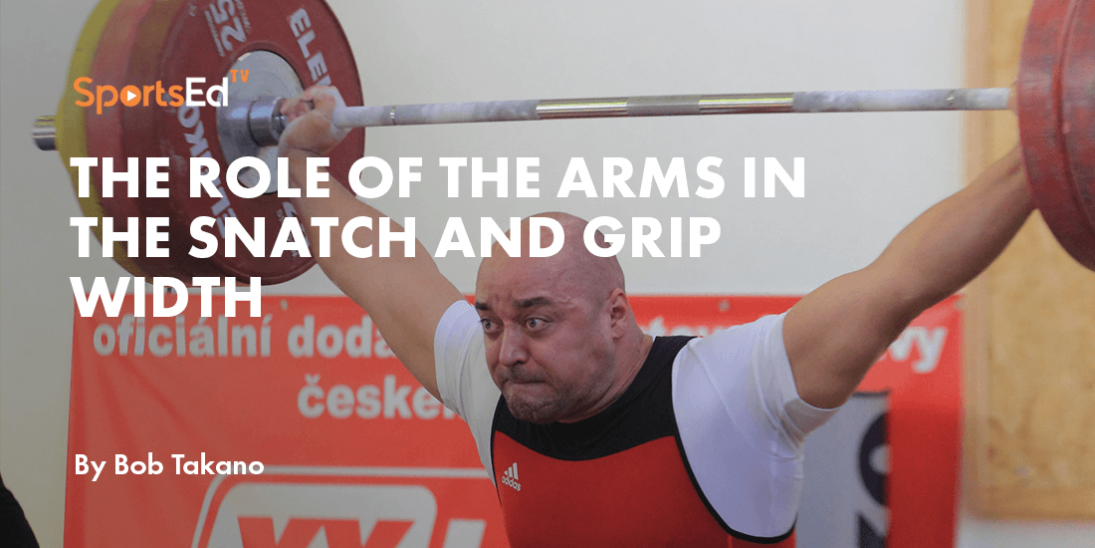Weightlifting
Welcome and thanks for visiting...

Weightlifting Coach: What I am thinking about during a competition
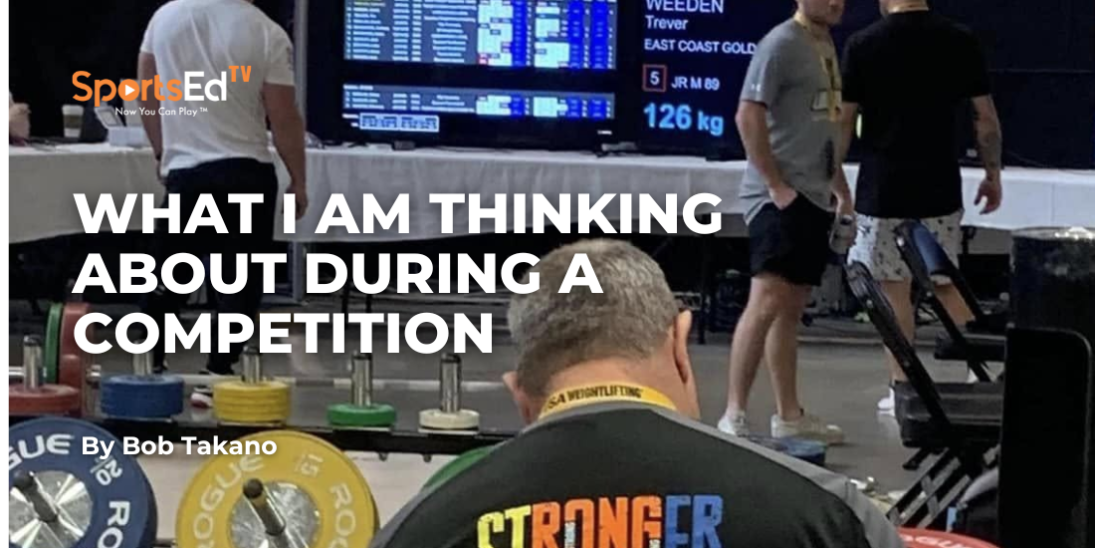
AT THE WEIGH-IN
I always attend the weigh-in to make sure that nothing upsets my lifter. I want my lifter to feel sheltered in order to think about lifting. I usually don’t have my lifters make weight unless it’s a national event or a qualifier for an international competition. Otherwise, it’s a necessary obstacle that the athlete needs to forget once it’s completed (I might add that I never make my junior athletes make weight unless they are competing for an international team berth).
CREATING PSYCHOLOGICAL ISOLATION BEFORE COMPETITION
During the interval between the completion of the athlete’s weigh-in and the warm-up for the competition, I like my lifter to be consuming carbohydrates and sheltered from external influences. A good friend who understands the dynamic or a teammate can provide this sheltering and isolation. I don’t want my lifter to be conversing with civilians (my definition for non-weightlifters). I’ve also informed my lifter as to what time to show up in the warm-up. I will go off to stake out a platform. If we must share, I try to find a platform that is close to the competition platform but not in the way of traffic and a coaching “platform mate” who understands the warm-up concept and protocol.
READING THE START LIST AND PLANNING OPENERS
Once the warm-up platform has been staked out, I go to the scoreboard to get a feeling for where my athlete might place and, more importantly, the amount of time until the first attempt takes place. This has been made more difficult lately by the amateurish coaching so prevalent at most events. They either have no idea what their athlete is capable of lifting, or they think they are being clever by using all of the changes available. None of this is helpful in eliciting a superior performance. It is just a display of incompetence. I work my way through this as well as I can.
ANALYZING EACH ATTEMPT DURING COMPETITION
I have to evaluate the performance after each attempt. If there is a technical error that will tend to get worse as the weight is increased, I have to address it. I also have to make sure that the athlete is not overly elated after a success nor unnecessarily despondent after a failure. I have to get the lifter re-focused on the next attempt. The first attempt is usually at 94% of the goal weight (which should be a PR), so no high-fiving here. All of the athlete’s attention must be on the next attempt.
At this point, I may have to make a decision as to whether or not to change the weight of the next attempt, although this number has been determined well in advance. The altered state will determine this.
STRATEGIC CALLING OF THE NEXT WEIGHT
The timing of the weight change beyond the standard 1 kg increment may affect the strategic aspect if the placement is important. The arithmetic should be done with enough time so that the timing of the change will inhibit the options of the opposition. The athlete should not be involved in weight selection strategies. The focus should be on proper performance and not the weight on the bar. Many of my athletes have placed or won without even knowing the placement dynamics taking place. In most cases, I’m trying to get my athlete to achieve a personal record in the total. Everything else is secondary.
POST-COMPETITION DUTIES AFTER THE FINAL CLEAN & JERK
Once the third clean & jerk is concluded at a national event I need to determine whether or not my lifter will be selected for drug testing. This may take a while, so I can’t let the lifter wander off. This could lead to a doping positive. If my lifter is a medalist, I have to make sure that she or he is present for the medal ceremony. Once dope testing and the medal ceremony are concluded, we need to focus on consuming food.
All of the preceding can take place early in the day and I might need to go to the weigh-in for the next session immediately. Such is the life of a conscientious coach.




